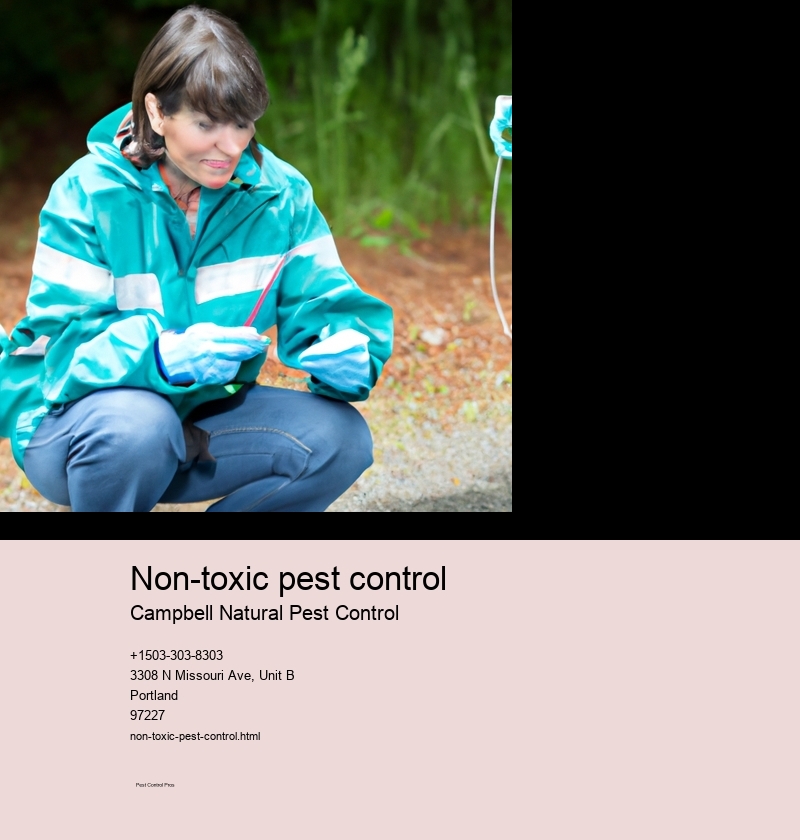non-toxic pest control
Introduction
Pest control is a major issue for homeowners(s) (and even businesses!). Using non-toxic methods to keep pests away can be the best way to go! Not only do these methods reduce the risk of harmful chemicals, but they also help protect the environment. One example of a non-toxic pest control technique is using traps, such as sticky boards or glue strips. These traps are designed to capture rodents and other insects without harming them - perfect for keeping your home safe from unwanted guests!
Moreover, there are many natural products that can be used for pest control. For instance, essential oils like peppermint and lavender can serve as great deterrents. Likewise, you could try planting certain flowers in your garden to repel bugs or create a homemade spray with garlic and water. Plus, cedar chips are often used to keep moths at bay!
On top of that, regular cleaning and maintenance around the house can also make a difference in preventing pest infestations. Vacuuming regularly helps get rid of any existing eggs or larvae; likewise, it's important to store food properly so as not to attract bugs. Additionally, repairing any cracks or gaps in walls and floors will prevent pests from entering your house altogether!
In conclusion, non-toxic pest control techniques offer an effective way of controlling pests without causing harm - both to humans and the environment! With just a few minor changes around the home and some natural solutions on hand, you can keep pests away permanently – no chemical sprays required! All it takes is a little bit of effort and dedication – plus some creativity – and your home will be free from pesky critters in no time!
